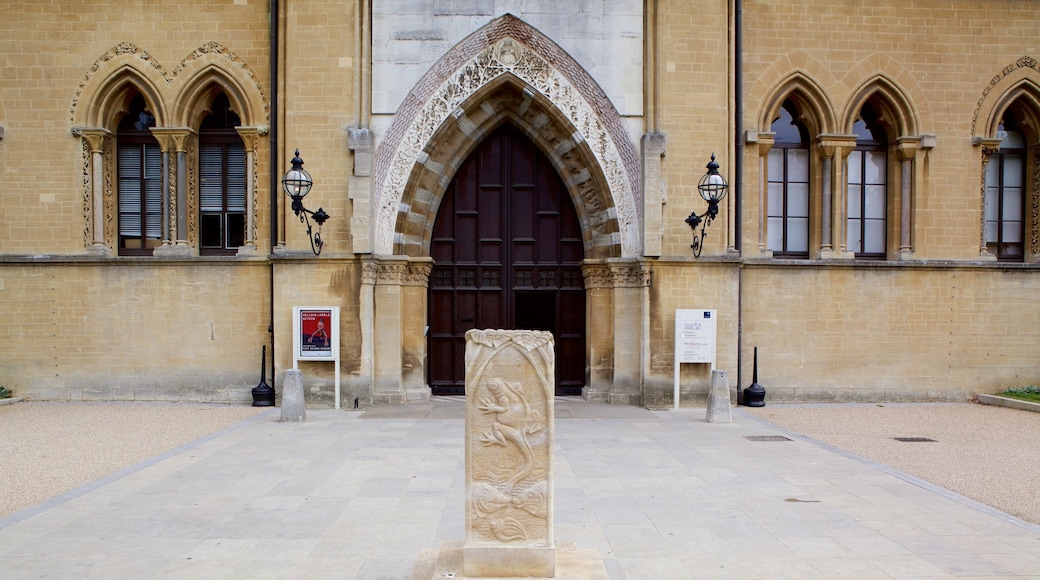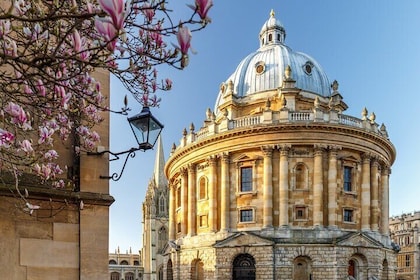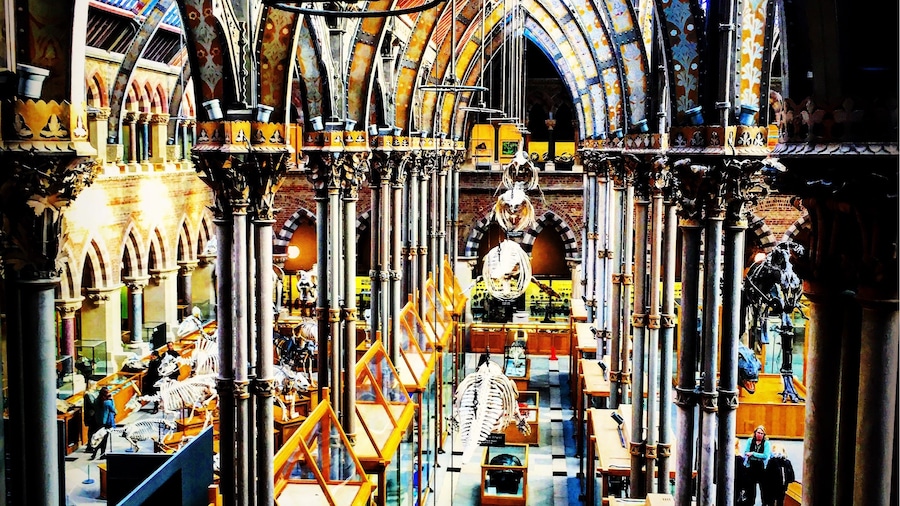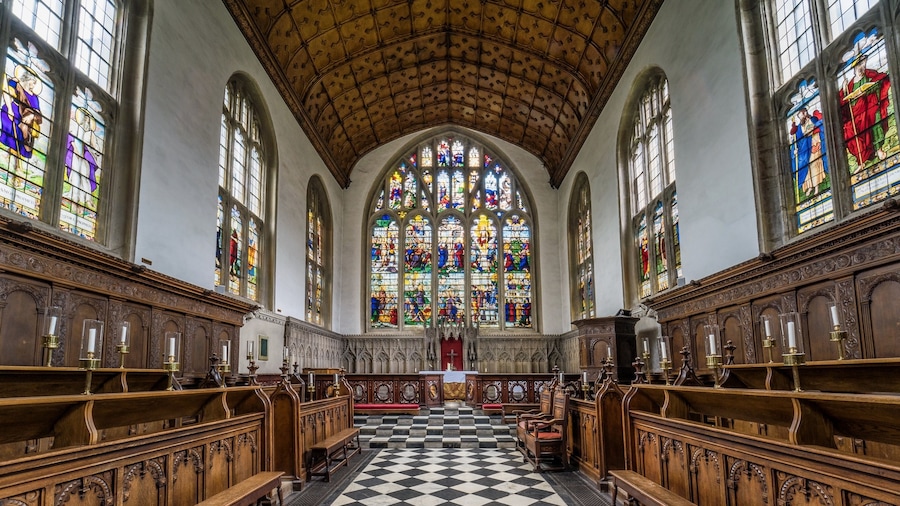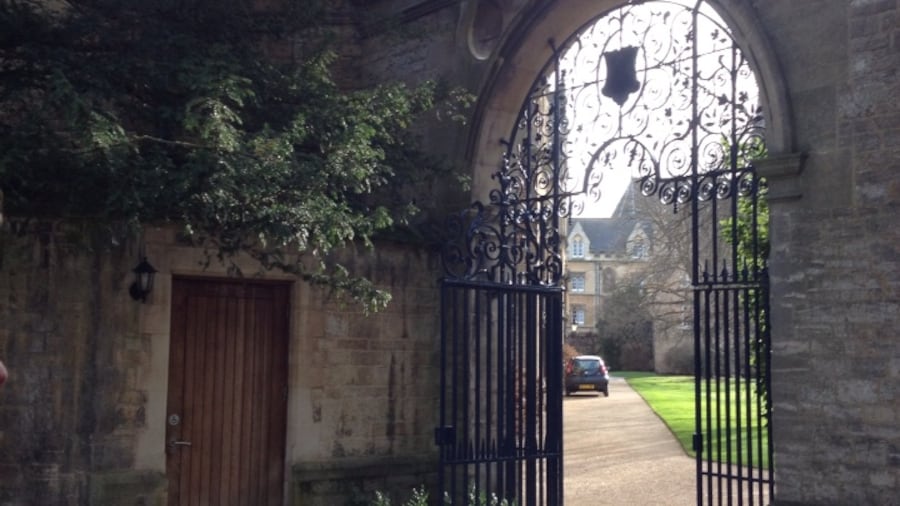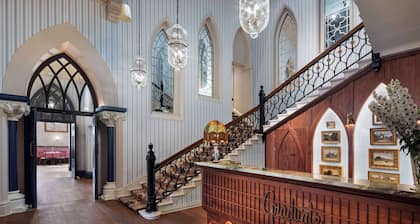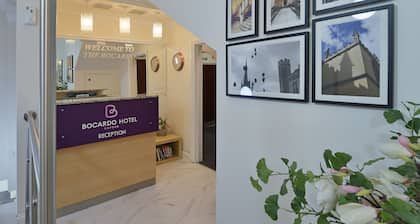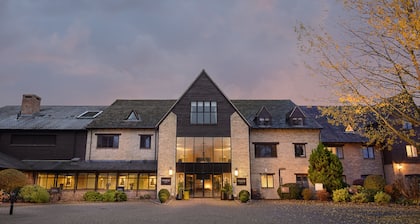Oxford University Museum of Natural History is the home of the academic institute’s collection of fossils, skeletons and other natural specimens. The exhibits are housed in a glorious neo-Gothic structure from the 1800s. Peruse the various displays and learn about the world’s rich natural past.
The museum is famous for hosting a significant debate between scientists in 1860, just months after the publication of Darwin’s groundbreaking work, On the Origin of Species. It is also home to a lecture theatre that is used by several academic departments of the university.
Inside the museum, there are iron pillars and a glass roof that allows light to wash over the spacious square court. The sides of the museum’s interior are lined with the stone columns of cloistered arcades. Look for statues near the entrance that depict some of the adventurers who put together the impressive array of exhibits from the natural world.
The dinosaur exhibits are among the highlights. Check out the huge footprint in the front lawn to get an idea of the size of some of these creatures and come face to face with a terrifying Tyrannosaurus rex model inside. The exhibits cover all sorts of educational topics, from a 4.5 billion-year-old meteorite to Darwin’s theory of evolution.
Listen to the Night at the Museum comedy recordings that shed light on fascinating extinct creatures, including the fabled dodo and other extinct life forms. Some of the bizarre specimens found in the museum are said to have inspired Lewis Carroll in his writing of Alice in Wonderland.
Break for a snack or coffee at the museum café on the upper gallery, which looks over the dinosaur display. There is also a gift shop on-site, which sells everything from children’s toys and stationery to rocks and fossils.
The museum is free to enter and is open daily from morning to late afternoon year-round.
The Oxford University Museum of Natural History is on the university campus, a 10-minute walk north from the city centre. The Oxford Railway Station is a 1.5-mile (2.4-kilometre) walk southwest from the museum. Nearby attractions include the Oxford University Parks, the Radcliffe Science Library and St. Giles Church.
